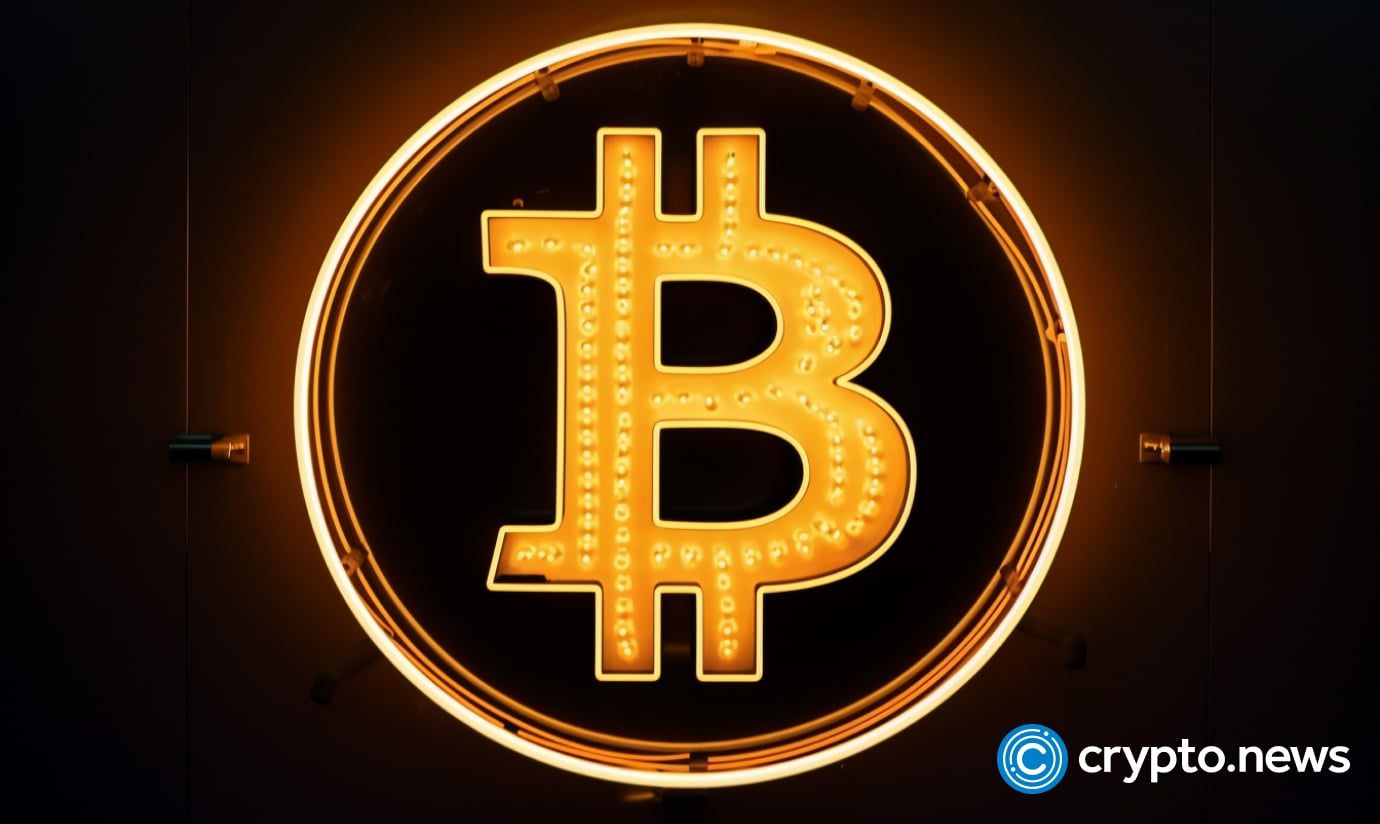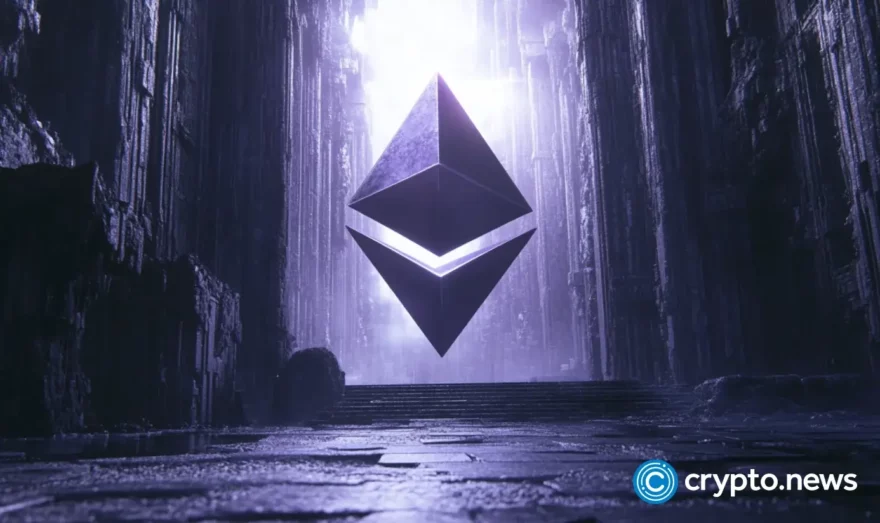Lightning Labs unveils updated protocol to address bitcoin’s BRC-20 challenges

Lightning Labs, a leading Lightning Network infrastructure firm, has unveiled an enhanced edition of the Taproot Assets Protocol, offering users a potentially more efficient method for minting new assets on the blockchain.
The protocol addresses the current inefficiencies and network congestion associated with asset inscription on the Bitcoin (BTC) network.
In a blog post published on May 16, Lightning Labs criticized the existing approaches for inscribing asset metadata on the Bitcoin blockchain, citing them as “particularly inefficient” and burdened by cumbersome protocols that directly write asset information into block space.
Tackling inefficiencies and network congestion
The Taproot Assets Protocol aims to operate “maximally off-chain” to mitigate the congestion challenges that have plagued the Bitcoin network since the introduction of the BRC-20 token standard by anonymous developer “Domo” on March 8.
Lightning Labs further stated that users of the protocol would soon be able to integrate BRC-20 assets into the Lightning Network, eliminating the need to establish an entirely new ecosystem from scratch. Wallets, exchanges, and merchants can readily adapt to support the protocol, enabling faster and more cost-effective transactions.
New protocol to solve BRC-20 token challenges with JSON inscriptions
Domo, the Taproot Assets Protocol developer, has emphasized its superiority over existing methods such as JavaScript Object Notation (JSON). The protocol offers a seamless transition to the Lightning network, providing users with a solution for swift and inexpensive asset transfers.
Most BRC-20 tokens created to date have relied on Ordinal inscriptions of JSON data for deploying token contracts, minting tokens, and facilitating transfers. However, this approach has faced criticism from developers who argue that it incurs transaction fees four times higher than those associated with binary usage.
Previously known as the “Taro” protocol, the Taproot Assets Protocol underwent rebranding after Lightning Labs faced a trademark infringement lawsuit filed by blockchain development firm Tari Labs on December 8 of the previous year.
The updated protocol represents Lightning Labs’ continued commitment to advancing the efficiency and scalability of asset minting on the Bitcoin blockchain.
In late April, Lightning Labs unveiled significant improvements to Litd, their Lightning Network management tool, in response to input from node operators and developers. The latest version lets users freely send and receive bitcoins through the Lightning Pool within the all-in-one suite.
While the total value of BRC-20 tokens briefly surpassed $1 billion on May 9, it has since declined to approximately $500 million, experiencing a significant drop of nearly 50%.














